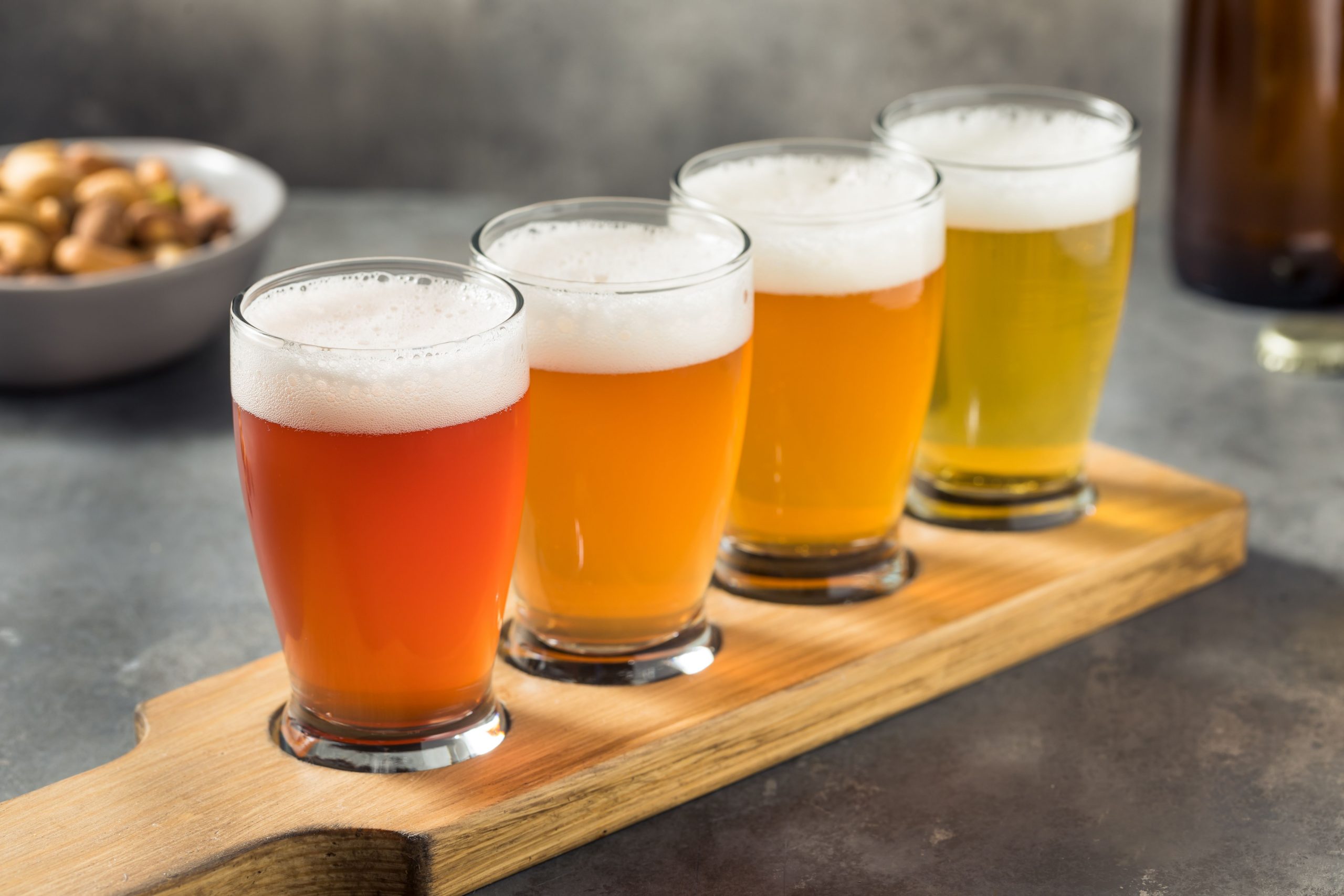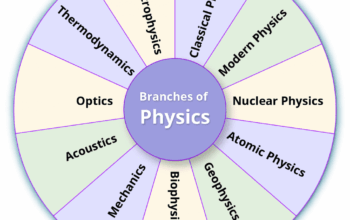The phenomenon of beer, ostensibly a simple confluence of water, malt, hops, and yeast, has garnered attention not merely for its gastronomical qualities but also for its rich and intriguing physics. This intersection of the microcosm of particle physics and the macroscale world of brewing culminated in an unexpected yet captivating recognition: an Ig Nobel Prize for Physics. This award, known for celebrating the humorous and bizarre, has recently illuminated aspects of beer physics, leading to the witty toast of “Cheers to Quantum Foam!”
At its core, quantum foam refers to the tumultuous state of spacetime at Planck scale, which is approximately (10^{-35}) meters. This notion, derived from the realm of quantum mechanics, evokes a complex narrative. The relevance of quantum foam to beer arises from the frothy bubbles characterizing many beers, particularly stouts and ales. These bubbles exhibit behaviors that, though rooted in classical physics, reveal deviations akin to quantum phenomena. The interplay of surface tension, bubble nucleation, and dynamic viscosity conjures a perfect metaphorical environment for the exploration of these quantum principles.
The initial aspect worth addressing is the physical behavior of bubbles in beer, known as foam. A beer’s quality and characteristics are significantly influenced by the bubbles it contains. When a beer is poured, it traps gas molecules that create bubbles, a process governed by principles of fluid dynamics. The nucleation of bubbles occurs when the pressure differential and viscosity allow gas to escape the liquid matrix. This process can be likened to how particles might behave under quantum fluctuations.
Surface tension plays a pivotal role in the stability of these frothy structures. The surface tension of liquid beer pulls at the edges of bubbles, creating a delicate yet resilient infrastructure. Understanding the forces at play—namely cohesive forces among liquid molecules and adhesive forces between the liquid and gas—requires a rigorous assessment within the fields of both thermodynamics and fluid mechanics.
Adding complexity, consider the influence of temperature. Fermentation, a metabolic process induced by yeast, is sensitive to thermal variations. Elevated temperatures increase molecular kinetic energy, influencing bubble formation and retention. The phenomenon can be analogized to temperature fluctuations observed in quantum systems, where the stability of states is energetically favored or diminish accordingly. Interestingly, warmer beers often boast more volatile bubbles, enhancing aromatic sensory experiences, albeit at the cost of stability and creaminess when compared to colder brews.
Another quantum analogy materializes when observing the collapse and merging of neighboring bubbles in beer foam. This dynamic behavior can resonate with notions of wave-particle duality, as bubbles coalesce at a microscopic level to form larger structures, akin to quantum entanglement. The resultant energy redistribution may parallel energy principles governing particle dynamics at quantum scales, revealing an underlying beauty in the seemingly mundane spectacle of a pint.
Subsequent to our exploration of bubbles, it is essential to scrutinize the role of viscosity in this aqueous beverage. Viscosity—a measure of a fluid’s resistance to deformation under shear stress—dictates how beer flows and behaves while poured. For example, stouts possess a higher viscosity than lighter ales, leading to a thicker mouthfeel and different bubble dynamics. This layer of complexity provides a rich tapestry for comparison to quantum fluids, where low temperatures yield superfluidity—a state where viscosity is effectively zero, allowing for curious phenomena such as fountain-like flows in a rotating container.
Moreover, foam stability can be evaluated through Gibbs’s adsorption isotherm. In beer physics, the stabilized foam is influenced by hydrophilic and hydrophobic properties of various ingredients, predominantly proteins derived from malt. These proteins exploit their amphiphilic characteristics to form monolayers at the gas-liquid interface, engendering a prolonged existence of bubbles within the foam. The structural integrity metaphorically mirrors a lattice structure in quantum systems where weak forces can create remarkable stability within chaotic environments.
In addition to bubbles and viscosity, the carbonation level in beer—a product of carbon dioxide (CO₂) production during fermentation—demands critical examination. Carbon dioxide is responsible for the effervescence that enlivens the drinking experience. Each gulp presents an interesting case study in gas solubility and escape dynamics, reminiscent of gas behavior described by the ideal gas law, but also reflective of quantum principles when integrating concepts of particle interactions in gaseous states.
The culmination of this investigation into beer physics, coupled with the whimsical recognition by the Ig Nobel awards, showcases how exploring superficial entities often reveals profound and enlightening knowledge. A toast to quantum foam is a symbolic nod to the whims of science—illustrating that even in arenas perceived as trivial, like recreational brewing, one can unearth treasures worth exploring.
Ultimately, the interplay between beer and quantum physics serves not only to amuse but also to educate the scientific community and the public alike. This union presents an unprecedented opportunity to elucidate complex theories through accessible, relatable phenomena. So, as one raises a glass, let it not merely clink in camaraderie, but rather resonate with the echoes of quantum mysteries—a joyous celebration of science in action.










